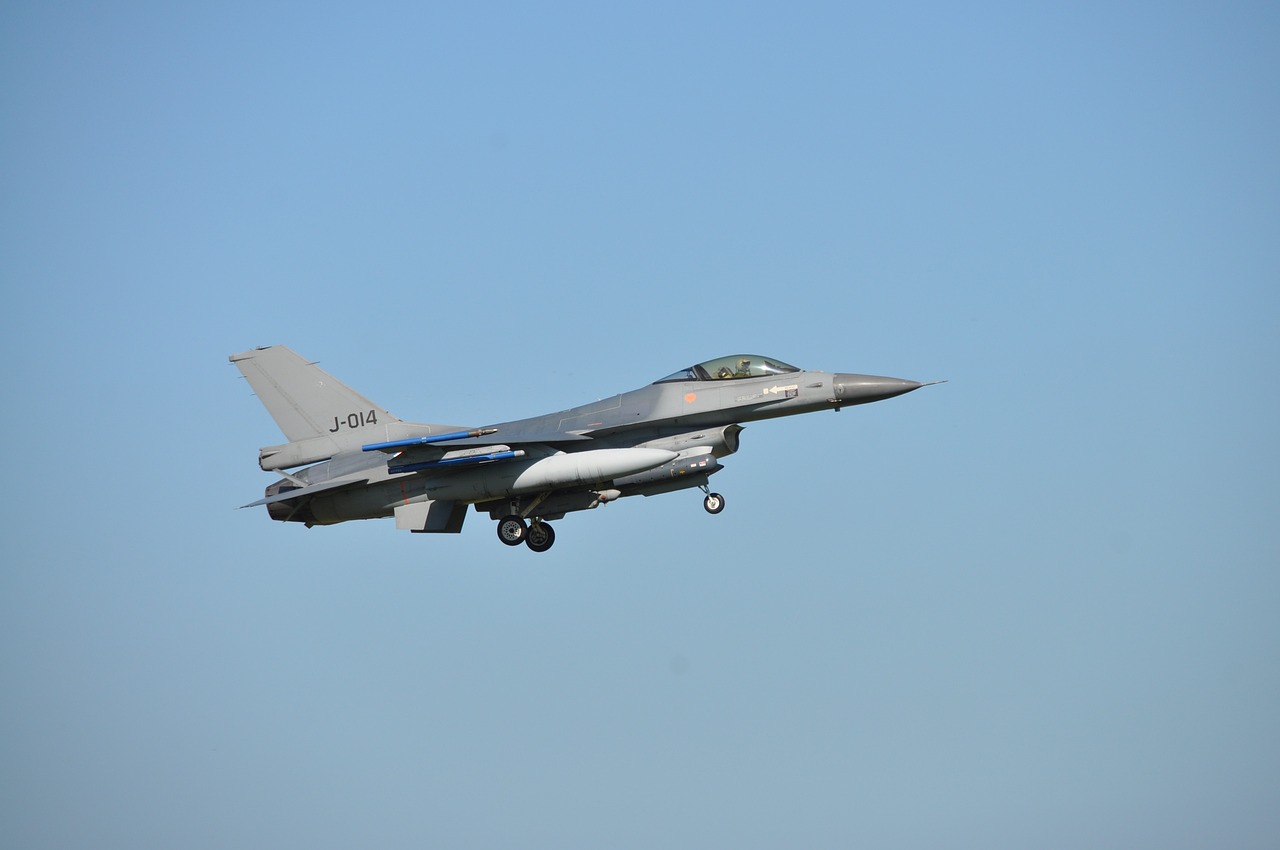This post is also available in:
 עברית (Hebrew)
עברית (Hebrew)
The US Air Force conducted the first simulated aerial battle between an AI-modified F-16 called the X-62A and a human pilot. The X-62A did reportedly have a human “failsafe” pilot in the cockpit, but apart from that the exercise was completely controlled by artificial intelligence.
This development could revolutionize the future of unmanned aerial vehicles like the US Air Force’s Collaborative Combat Aircraft initiative. The Air Combat Evolution (ACE) program made significant progress in 2023, with the US Air Force Test Pilot School and the Air Force Research Laboratory playing crucial roles in its success.
The goal of this “battle” was to see if the AI algorithms could function well when faced with a human opponent while adhering to flying norms (ensuring the aircraft’s safety and the pilot’s well-being), part of DARPA’s and the USAF’s mission to make AI-enabled aircraft more “trustable” for human crew.
According to Interesting Engineering, the X-62A is a heavily modified two-seat F-16D whose flight systems can be adjusted to replicate those of almost any other aircraft, making it an exceptional stand-in for a wide range of testing purposes that require a real-world platform. Que Harris, the lead flight controls engineer for the X-62A at Lockheed Martin, explained that the aircraft has an integrated space within its flight controls that allows for AI to send it commands.
The X-62A reportedly completed 21 test flights during which the AI agents required reprogramming almost every day, resulting in over 100,000 lines of code being changed. AFRL has previously emphasized the ability to further assist this type of flight testing by rapidly training and retraining algorithms in entirely digital environments.
The US military said that there will always be human involvement when operating autonomous weapon systems in the future, but added that the extent of their participation in the decision-making process is expected to change with time.


























